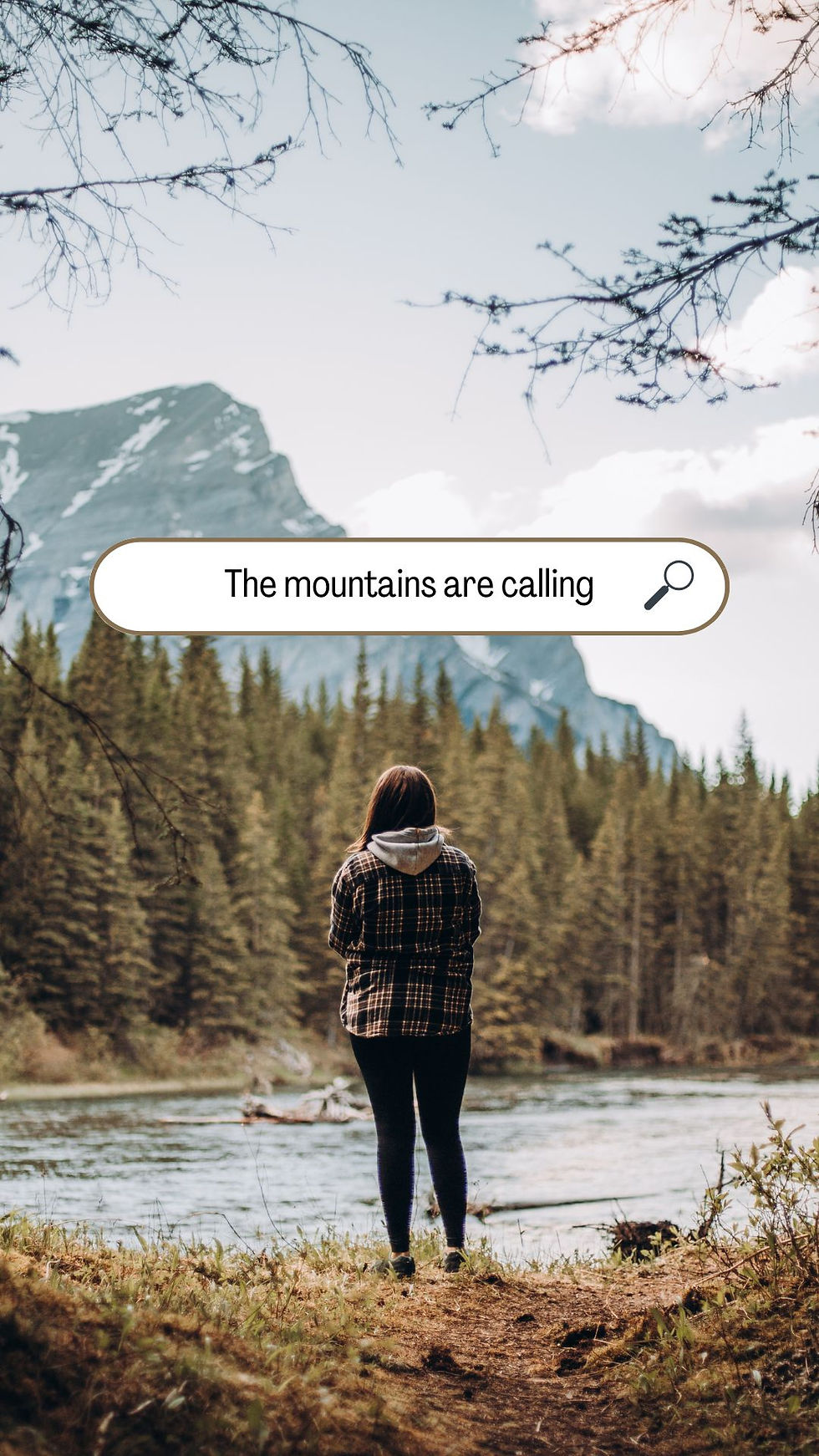Unlocking Relaxation: The Benefits of Legs Up the Wall Yoga Pose
- chloedeedudley
- Sep 29
- 4 min read

Legs Up the Wall, also known as Viparita Karani, is a restorative yoga pose that invites deep relaxation and rejuvenation. This straightforward yet powerful pose can be practiced by anyone, regardless of age or fitness level. Many people turn to Legs Up the Wall to unwind and relieve stress after a long day. In this blog post, we’ll dive into the various benefits of this pose, explain how to practice it safely, and provide tips for making it a part of your daily routine.
What is Legs Up the Wall?
Legs Up the Wall is a gentle inversion pose where you lie on your back with your legs extended vertically against a wall. This position uses gravity to promote circulation and relaxation. The pose is especially calming for the mind and body, making it a beneficial addition to any yoga practice or self-care routine. In fact, a study found that practicing gentle inversions can decrease anxiety levels by up to 40%.
Benefits of Legs Up the Wall
1. Improves Circulation
One major benefit of Legs Up the Wall is its ability to enhance blood circulation. By elevating the legs, this pose encourages venous return. For individuals who spend more than 8 hours a day sitting, such as office workers, this posture can be especially beneficial. It reduces swelling and improves circulation in the legs. Research shows that simply practicing this pose for 10 minutes can lead to a noticeable reduction in leg fatigue.
2. Reduces Stress and Anxiety
Legs Up the Wall can significantly improve mental well-being. This pose promotes relaxation by activating the parasympathetic nervous system, which counters stress responses. Just a 5-minute session can help lower cortisol levels—the stress hormone—by up to 25%. Practicing this pose can create a sense of calm, making it an excellent tool for busy days or stressful times.
3. Alleviates Tension and Fatigue
After a long day, Legs Up the Wall offers relief from physical tension and fatigue. The gentle inversion soothes tightness in the lower back, hips, and legs, fostering a deeper sense of relaxation. Athletes, for example, can benefit from this pose to enhance recovery after workouts. Many runners incorporate Legs Up the Wall into their routines to alleviate post-run soreness and promote muscle recovery.
4. Enhances Flexibility
In addition to its restful benefits, Legs Up the Wall helps improve flexibility. As you hold the pose, the gentle stretch in your hamstrings and calves can gradually increase your range of motion. One study indicates that regular practice can increase flexibility in targeted muscle groups by as much as 30% over a six-week period. This flexibility not only benefits yoga practitioners but also enhances overall mobility in daily activities.
5. Promotes Better Sleep
Adding Legs Up the Wall to your evening routine can significantly improve sleep quality. The calming effects help quiet the mind and prepare the body for rest. Research shows that individuals who practice yoga or mindfulness before bedtime report 20% better sleep quality, making this pose a perfect addition to your sleep hygiene practices.
How to Practice Legs Up the Wall
Step-by-Step Instructions
Find a Wall: Look for a clear wall space where you can comfortably lie down.
Sit Next to the Wall: Start by sitting on the floor with one side of your body against the wall.
Lie Back: Gently lower your back onto the floor while swinging your legs up the wall so your body forms an L-shape.
Adjust Your Position: Move your sit bones as close to the wall as possible. If needed, use a folded blanket or bolster under your hips for added support.
Relax and Breathe: Close your eyes and take deep, calming breaths. Hold this position for 5 to 15 minutes to allow your body to relax fully.
Exit the Pose: To come out, bend your knees and roll to one side. Rest briefly before slowly rising to a seated position.
Tips for Safe Practice
Listen to Your Body: Pay attention to any discomfort or strain. Adjust your position or exit the pose as needed.
Use Props: If your hamstrings feel tight or your lower back is uncomfortable, consider using a bolster or blanket for support.
Consult a Professional: Those with medical conditions such as glaucoma or severe hypertension should consult their healthcare provider before practicing this pose.
Making Legs Up the Wall a Habit
Daily Integration
To fully benefit from Legs Up the Wall, make it part of your daily routine. Whether as a refreshing morning practice or a calming evening ritual, this pose can easily slot into your day.
Mindfulness and Meditation
Integrate Legs Up the Wall with mindfulness or meditation. Focus on your breath while holding the pose. This practice not only enhances relaxation but also deepens your connection to your body, allowing you to unwind more completely.
Yoga Classes
If you prefer practicing yoga in a group, explore classes that incorporate restorative poses. Several studios offer classes specifically for relaxation, where you can enjoy the benefits of Legs Up the Wall in a supportive environment.
Embrace Restorative Yoga for Wellness
Legs Up the Wall is an effective and straightforward yoga pose that brings numerous benefits to both the body and mind. From enhancing circulation and reducing stress to improving flexibility and promoting better sleep, incorporating this pose into your daily routine can foster a deep sense of relaxation. Just a few minutes of this restorative practice can unlock newfound rejuvenation. Grab your mat, find a wall, and experience the transformative effects of Legs Up the Wall.




Comments